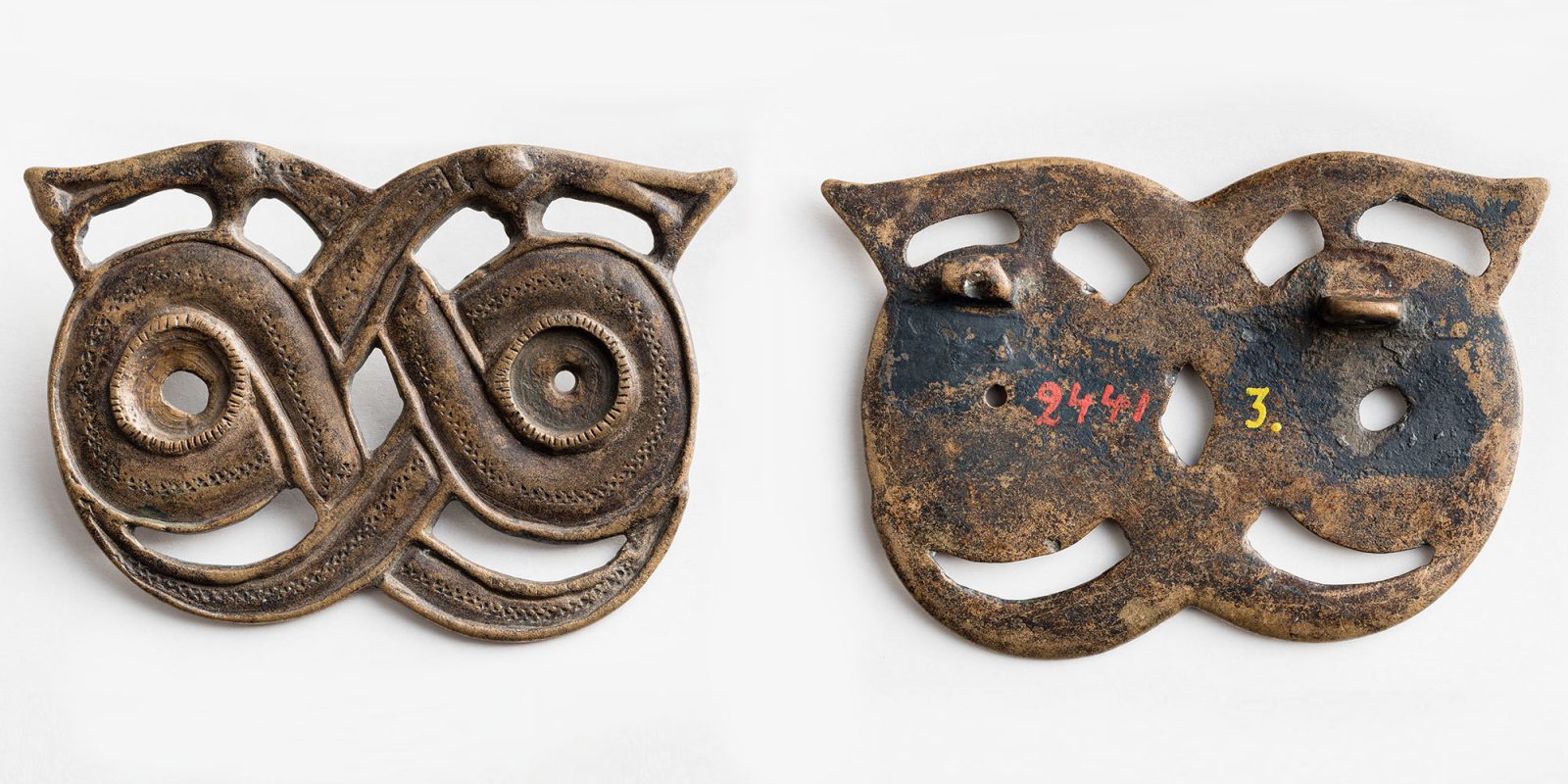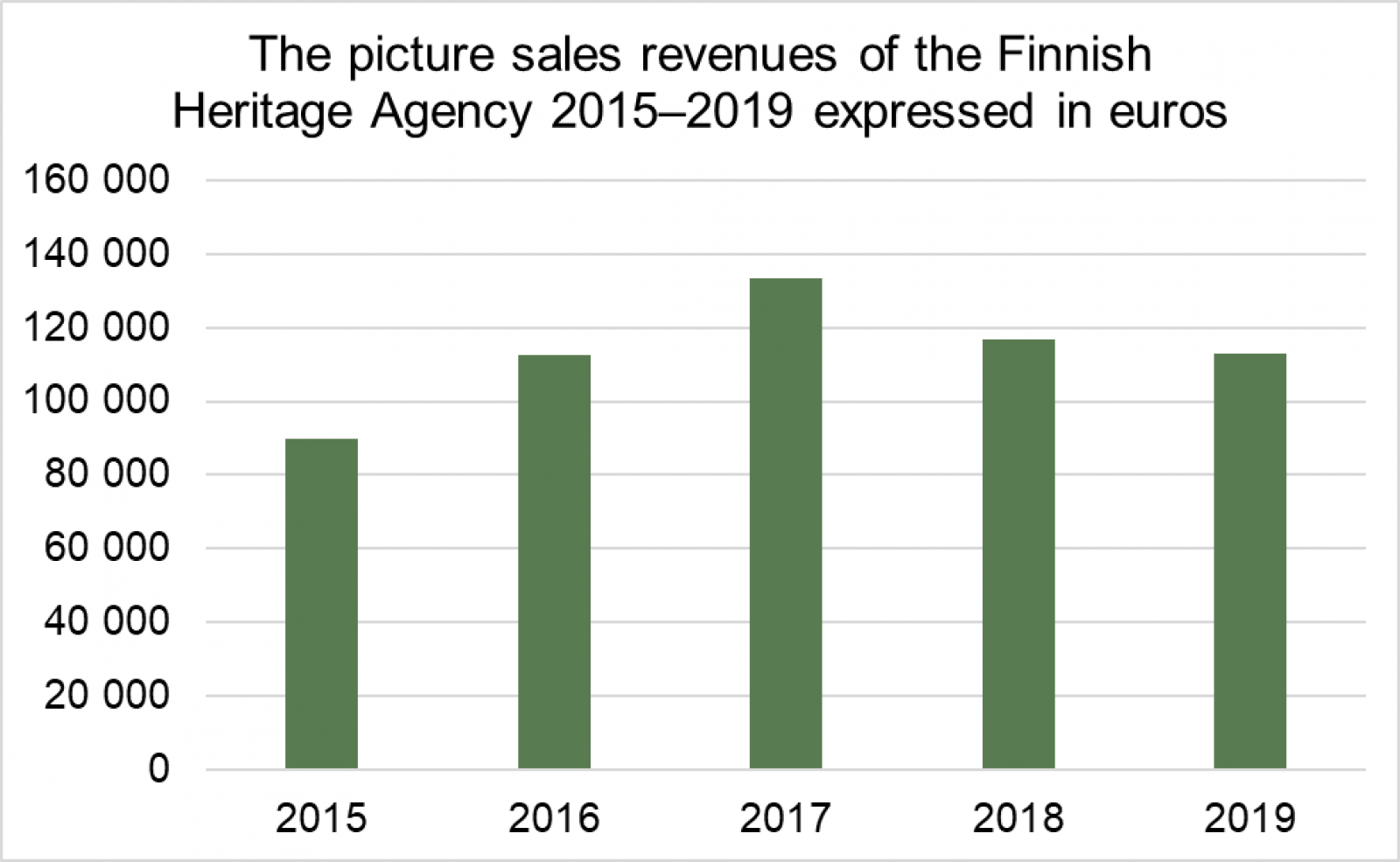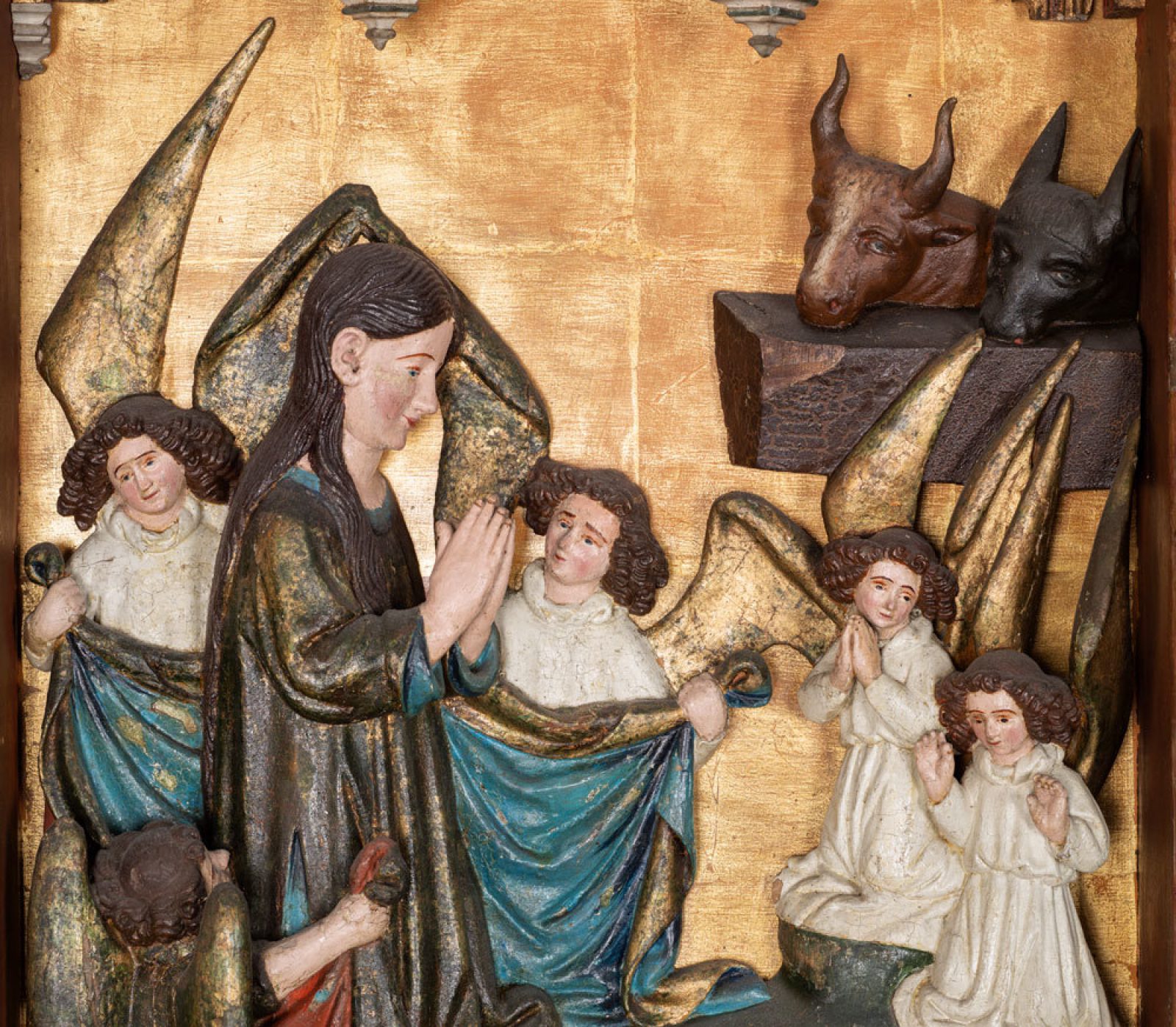
High-resolution pictures made freely accessible – why?
The Finnish Heritage Agency has made more than 200,000 high-resolution pictures, i.e. large and print-quality collection picture files, freely accessible through the Finna service. The intention is to make cultural heritage materials as accessible, open and usable as possible.
The collections of the Finnish Heritage Agency contain more than 18 million pictures, about half a million culture-historical artefacts and more than 1.5 million archaeological findings. Together these constitute a significant part of our common national collections.
Inexpensive access to and free use of pictures became an increasingly popular wish among our customers from the beginning of the 2010s, accompanied by a worldwide trend towards openness of cultural heritage knowledge and collections. Openness was set as a goal in many public administration recommendations. The topic was discussed inter alia at the Museum Theme Days of 2014, as Merete Sanderhoff from the Danish National Museum spoke up for open, participatory cultural heritage. All requests and statements pursued the same idea: to open cultural heritage data and materials for as unrestricted further use as possible.
The decisions of many museums were and still are influenced simultaneously by the goal of making the collections free for use on the one hand and concern about the loss of income through picture sales on the other hand. The Finnish Heritage Agency faced the same situation, as financial questions are inescapable in today’s world. Based on surveys, we decided to provide free access to digitalised display images at the beginning of 2017. At that time, however, high resolutions were left as a paid service.
The opening of low-resolution pictures in 2017 – what were the results?
The Dutch Rijksmuseum started to make middle-sized pictures in its collections freely accessible in 2011, but kept larger files still priced at that point. This led to significantly increased picture sales revenues, amounting to ca. 181,000 euros in 2012. On the other hand, the requisite personnel costs amounted to ca. 100,000 euros, with picture sales constituting only about 0.2 per cent of the total income of the museum.
The Finnish Heritage Agency experienced very similar trends as the Rijksmuseum. Picture sales revenues did not plunge with the opening of low-resolution pictures for free access at the beginning of 2017 – on the contrary, they increased. This was in part influenced by the increased demand for historical pictures associated with the independence anniversary, and in part by the increasing number of digitalised online collections. Wider awareness of the services of the Heritage Agency and of its online collections was an important side effect of the opening.
The freely accessible pictures of the Finnish Heritage Agency are used and shared widely on several social media channels and in different discussion groups. One example of this is the highly popular The Old Pictures of Helsinki Facebook group, in which a total of more than 130 photos from the Heritage Agency’s collections were shared in July 2020 alone. They received more than 45,000 likes and over 3,400 comments.

From low-resolution pictures to print-quality
The kuvakokoelmat.fi service of the Finnish Heritage Agency has made it possible for registered users to purchase and download high-resolution pictures. Maintenance of it and all other systems requires a lot of resources. In connection with the system’s development programme during 2019, the situation was discussed, while the resources and costs consumed by picture sales were mapped in more detail, too. The actions were not profit-oriented, though, as picture sales by the Finnish Heritage Agency was based on the Decree on Criteria for Charges Payable to the State.
Because the openness and free use of the cultural heritage materials is a very important goal and value, the Finnish Heritage Agency decided to let go of its own picture sales system based on the performed surveys. Work resources were allocated to the development of the services and operations to be built based on the shared Finna service. This was also the right moment to stop and think through the more fundamental goals of collection work, of its raison d’être and its target audience.
As a result, the Executive board of the Finnish Heritage Agency reached the following decision in principle towards the end of 2019: the Heritage Agency will discontinue the online sales of digitalised high-resolution pictures in so far as the materials are not restricted otherwise. The previous director of the Heritage Agency, Juhani Kostet, and the entire management group deserve special thanks for this.
This decision and measure are best in line with the Heritage Agency’s strategic policies, such as “we protect our multiform cultural heritage, promote the use of cultural heritage, do things together and interact with people genuinely.”
Effect and effectiveness
What then are the effects of making the high-resolution pictures freely accessible? The intended effects include at least the increasing use of cultural heritage and also an increasing understanding of how we are all surrounded by cultural heritage, how we are all involved in it. We are also all maintainers and reformers of our cultural heritage. For research, the new openness means great benefits, while at the same time allowing for more extensive participatory operations than before. In the operations of the Finnish Heritage Agency, the change enables us to use more of our work resources for cooperation with various operators and for the management and listing of the collections. This in turn enhances the usability of the materials.
The broader objectives also include the enabling of creativity and support for work. A few new jobs in Finland would already be a great achievement. Digitalisation is a contribution to sustainable development, provided that it is implemented sensibly. By making our high-resolution pictures available for online downloading, we probably protect the environment by reducing travelling and e-mail traffic. A prerequisite for this is that everybody shows consideration when downloading and saving the pictures. Let us act sustainably in this connection also.
The Finnish Heritage Agency was not among the first players to perform such an opening, but quantitatively this move is significant even at the international level. It is always easier to follow good examples, and there are several of them. In Finland a good example is the Helsinki City Museum, while from abroad we could mention the Smithsonian Institution of the United States, which has been implementing the guideline issued by the White House in 2014 already for a long time:
“When available and where not limited by law, make freely and easily accessible to the public all digital files in the highest available fidelity and resolution, including, but not limited to, photographs, videos, and digital 3D models, and associated records and documentation, describing or characterizing objects in government-managed scientific collections.”
Picture sales remain a source of income for some museums and other operators, and the Finnish Heritage Agency cannot forgo all payments for picture-related services, either. Openness is, of course, an important objective for us all, also pertaining to the opening of our collections. The Heritage Agency will continue to charge fees for ordered digitalisation and for customer service related to picture editing, but cost prices will also be applied in these cases in accordance with the Act on Criteria for Charges Payable to the State. In addition to this, some of the pictures are subject to legal and contractual restrictions, which means that not every digitalised item will be available for completely free use in the future, either.
The possible losses in picture sales by other museums and operators are compensated by the fact that the picture sales revenues of the Finnish Heritage Agency were, to a significant extent, generated by museums, associations and other cultural institutions. Now these other operators also have better chances of using pictures from the Heritage Agency’s collections at their own exhibitions and in their own publications and other operations. We are eager to see how our collection materials will be utilised in various connections.

Opening of collections is today’s trend
We hope that making our high-resolution pictures freely accessible will also increase their usage in research. From now on, each of us can use their own computer to explore the details of the collection’s pictures, which facilitates their usage especially in these pandemic times. At the same time, this contributes to the renown of the Finnish Heritage Agency and raises awareness of our digital services.
I look forward to seeing the quality and amount of feedback and especially the new information brought about by the freely accessible high-resolution pictures. At least they provide a great opportunity for this.
The ca. 200,000 newly released high-resolution pictures from the picture and archaeological collections of the Finnish Heritage Agency and the culture-historical collections of the National Museum of Finland are a good and significant start. More than 18 million pictures, however, means a lot of work, and the collections continue to be digitalised industriously. The work requires versatile cooperation and resources. However, it is already clear that the wonderful national collections will keep on becoming more open – for everyone’s benefit and amusement.
Ismo Malinen
Chief Intendant, Picture Collections, Finnish Heritage Agency
museovirasto.finna.fi
Open access collections of Rijksmuseum
Open access collections of the Smithsonian Institution